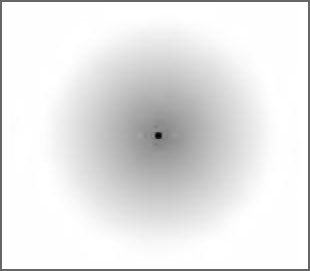Resources
Valuable resources are available for you – including NLP Practice Groups, NLP Library and NLP Online Community.
Lessons
» Welcome
» Perception (01)
» Inner Worlds of Experience (02)
Audio/Video Contributions
» Welcome
» What does NLP mean?
» External perception
Text Articles
» What is NLP?
» History of NLP
» Introduction to the Senses
» NLP Presuppositions
» Perception filters
» The Prince and the Magician
Success Checks
» Testing 01
» Testing 02
» Testing 03
» Testing 04
Sensory Illusions
A sensory illusion refers to either the reinterpretation of sensory impressions (Illusion) or the experience of sensory impressions for which no objective stimuli are present (Hallucination). They can occur in the psychopathological realm or under the influence of intoxicants. In a broader sense, it also includes optical illusions on this.
examples

Do the horizontal lines run parallel or not? Look closely – the answer deceives.

Say the font color of the words out loud – not the words themselves. Your right hemisphere wants to say the color, the left wants to read the word.

Focus on the black dot in the center and move your head slightly back and forth – amazing what happens.

How many black dots do you see? Actually none – or are there? After a few attempts, it becomes impossible to count them.

Fixate on the black dot in the center – the gray haze slowly disappears.
Illusion
An illusion is a deception where real sensory impressions are misinterpreted due to expectations, feelings, or wishful thinking. Geometric-optical illusions are the most well-known visual illusions. Even simple line drawings can trick our perception system – and although the physical conditions are clear, we are repeatedly deceived. Many of these effects are well explainable today, yet some remain a fascinating puzzle.
Hallucination
A hallucination is a false perception without a real stimulus source. Unlike an illusion, hallucinations occur without the involvement of the sensory organs. They occur in cases of poisoning (e.g., from alcohol or hallucinogens) or in psychoses such as schizophrenia. Hallucinations can affect all sensory qualities: auditory, visual, olfactory, gustatory, or tactile.







